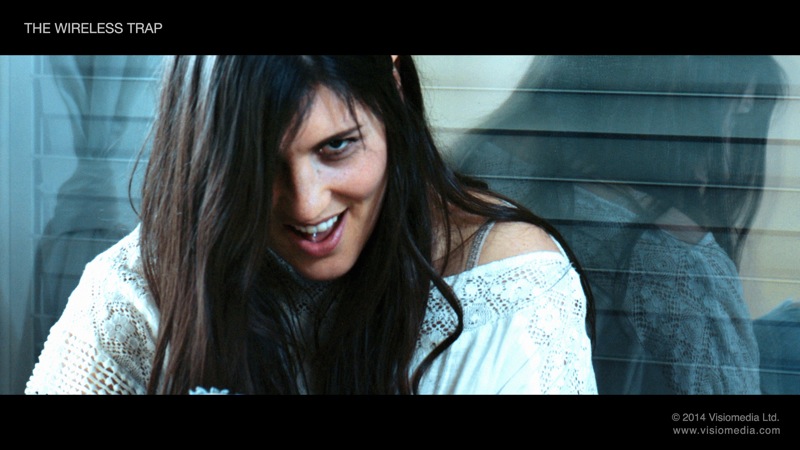Our goal is to streamline the process to get better results in limited time.
Yeah, I can attest to that.
When I was doing my '
Places of Nature' series my processes and QCs improved over time, so I understand that learning curve as well as the challenge of working within a "sensible" time limit = maximizing 80% return on the first 20% effort.
Nailing down that last 20% really does suck up 80% of your time.
The value is debatable, and often warranted especially if you can get up to 90% done with 50% of the effort required to get things subjectively perfect*.
*No one's
EVER gonna make everyone happy.
Someone's always gonna b!tch about something, so eff'em.

- Is the script/story working?
The soundtrack was so loud I frequently couldn't understand WTH was going on in this dialog dependent story.
Sometimes the dialog volume was very quiet, often it was fine.
The dialog/soundtrack mix seemed like it was 50/50, and I guess I prefer a 70/30 gross volume split between the two.
When I'm doing my dialog tracks (APE, keep in mind we're pretty much just using volume on a "quick and dirty"
digital level meter) I try to keep all the dialog volume between -8 and -4, -12 at the quietest.
I suspect you don't wanna go back in and monkey with your soundtrack volume up and down across it's length, but... eh...
Knock that soundtrack down -15dBs. Maybe -20.
One more bright idea I had, and I acknowledge this is going to suck up even
MORE time, keep the original dialog, pull it up on your DAW, lay in your ADR dialog on a second line, and try to match the peaks and ending sounds by adjusting speeds, then silence the original track and see how that looks.
Otherwise, the rubber lips really did look fruity.


Also, with the soundtrack so loud the necessity to crank up the volume on the gravel driveway AFX @ 3:53 was a distraction that would have benefited from either a shot outside of the vehicle approaching (Yeah - ONE MORE SHOT! negating the simplicity principle of this exercise) or knocking down both the volume of the soundtrack and corresponding gravel AFX.
Story?
IDK WTH that story was.
Some crazy Smeagol/Gollum woman hellbent on torturing her roommate or the girl upstairs?
IDK.
And IDK what roommate's shrieking over @ 4:56.
Knocked over flowers?

How the title relates to the story? Beats me.
And just to back up a little,
I DID LIKE how the audio of the opening rocking piece of broken plate @ 0:06 carried over into the following shot @ 0:18.
- Is the lighting, framing and coloring appropriate?
Lighting and coloring were fine.
The framing gets a little sparse at places like 3:36 & 3:46
And the shutter speed looked "fast" @ 4:20 - 4:31.
Generally, keep it double your frame rate.
This often makes lighting for exposure + fooling with ND filters an additional hassle.
- What about the editing, the transitions, the inserts?
Fine.
- Is the software zoom acceptable?
Nah. It always looked artificial.
As always, I did some mistakes, learn from them and hope to make better films
by talking to other filmmakers and people who just watched the short.
Please, keep 'em coming!
I'm just as interested as you are in seeing how these progress over the next dozen projects.




 . if you consider, that I did an original score and multiple tracks of chinese curses, foleys and sampled broken dishes and glass for the end scene.
. if you consider, that I did an original score and multiple tracks of chinese curses, foleys and sampled broken dishes and glass for the end scene.


